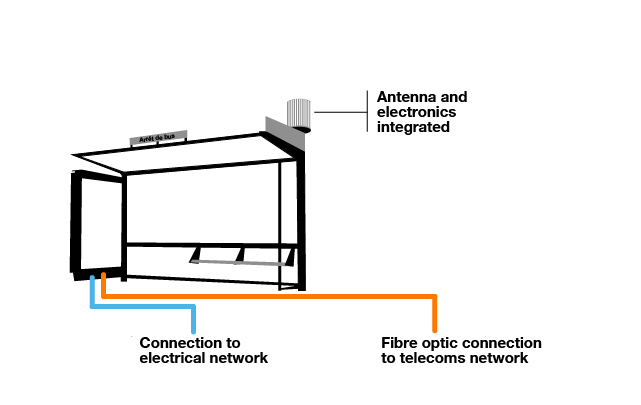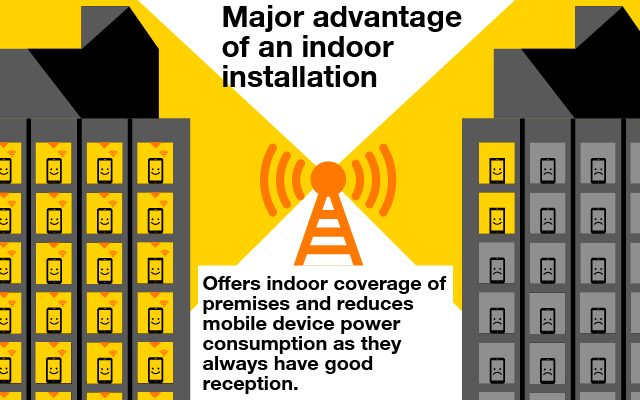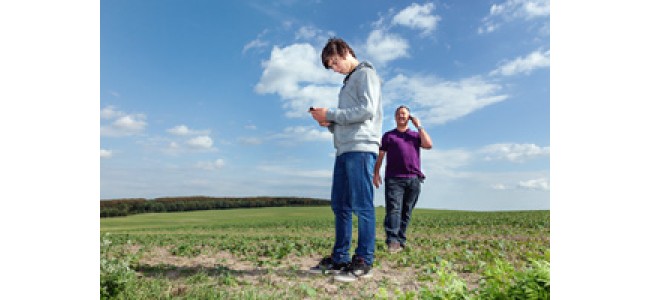- Radio Waves
- coverage and quality
coverage and quality
With the spread of mobile communications, mobile networks have become strategic infrastructure for the economy in many countries. This is why their deployment is subject to public policy and regulations to ensure that everybody has access to mobile services.
The conditions for the deployment of mobile networks vary significantly from one country to another depending on the licences granted by the authorities, the size and density of the population and territory to be covered, or even the type of mobile services offered.
the challenges of deployment
Starting from these constraints, it is up to the operators to optimize the deployment of their network by juggling several considerations. The web of antennas must be large enough to remain within reach of the greatest number of potential users. It must also be designed to overcome the obstacles in the way of propagation of the radio waves: landscape variations, materials that stop or weaken the signal, tunnels, etc.
Finally, the installation of base stations must be dense enough to meet the needs of traffic and absorb calling peaks with an optimal signal quality. This is why the cells around the base stations tend to be very large in rural areas and much smaller in urban areas where the population and mobile traffic are more concentrated.
In poorly covered zones in urban areas, we add little antennae (for example in bus shelters). These little antennae are physically smaller radio transmitters which can supplement the larger radio antennae to improve coverage, increase the capacity of the wireless network, support new services and improve the user experience.
They provide good coverage for these zones and reduce exposure for users by reducing the transmission power of mobile phones close to the access points.

moving base stations away? not a good idea…
The installation of nearby base stations makes it possible for users to obtain quality communications while using low power. By moving them away, it would be necessary to increase:
- the height of the masts to cover larger areas, making landscape integration of antennas even more difficult;
- the power of antennas to communicate with users farthest from the centre of the cell;
- the power of the mobile phone so that it could provide the return link with a more distant antenna.

